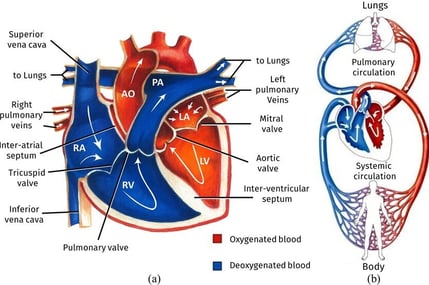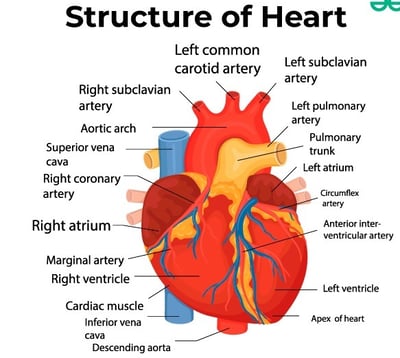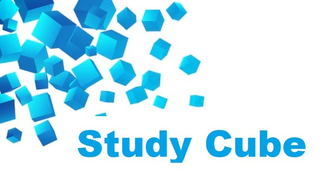Human Heart Function
The human heart is a vital organ that functions as the central component of the cardiovascular system, responsible for pumping blood throughout the body. This process is essential for maintaining the supply of oxygen and nutrients to tissues and organs, while also removing waste products like carbon dioxide. Here’s a breakdown of the human heart's function:
1. Blood Circulation:
The primary function of the heart is to pump blood through two circulatory pathways:
Pulmonary Circulation: Blood is pumped from the heart to the lungs, where it is oxygenated and then returned to the heart.
Systemic Circulation: Oxygenated blood is pumped from the heart to the rest of the body, delivering oxygen and nutrients to tissues.
2. Structure of the Heart:
The heart is a muscular organ divided into four chambers:
Two Atriums (Upper Chambers): The right atrium receives deoxygenated blood from the body, and the left atrium receives oxygenated blood from the lungs.
Two Ventricles (Lower Chambers): The right ventricle pumps deoxygenated blood to the lungs, while the left ventricle pumps oxygenated blood to the rest of the body.
3. Heartbeat and Cardiac Cycle:
The heart beats in a coordinated cycle:
Systole: The phase when the heart muscles contract, and blood is pushed out of the heart.
Diastole: The phase when the heart muscles relax, and the heart chambers fill with blood.
The cycle is regulated by electrical impulses generated by the Sinoatrial (SA) node, the heart’s natural pacemaker, which ensures the heartbeats occur at the right intervals.
4. Blood Pressure:
The heart generates pressure as it pumps blood. This is measured as:
Systolic Pressure: The pressure during heart contraction (when the ventricles pump blood).
Diastolic Pressure: The pressure during heart relaxation (when the ventricles fill with blood).
Blood pressure is essential for ensuring blood reaches all parts of the body.
5. Heart Valves:
The heart has four main valves that ensure blood flows in the correct direction:
Tricuspid Valve: Between the right atrium and right ventricle.
Pulmonary Valve: Between the right ventricle and pulmonary artery.
Mitral Valve: Between the left atrium and left ventricle.
Aortic Valve: Between the left ventricle and aorta.
These valves prevent the backflow of blood, maintaining one-way circulation.
6. Nutrient and Oxygen Delivery:
The heart's function is crucial for the delivery of oxygen, nutrients, and hormones to tissues, while also helping remove metabolic waste products such as carbon dioxide. This exchange happens in the capillaries, the smallest blood vessels in the body.
7. Heart Rate and Control:
The heart rate is the number of heartbeats per minute. It typically ranges from 60 to 100 beats per minute in a healthy adult at rest.
The heart rate is regulated by electrical impulses from the SA node and influenced by the autonomic nervous system, which responds to factors like physical activity, stress, and overall health.
8. Importance of the Heart:
Circulation: It ensures continuous circulation of blood, which is essential for the survival of cells and tissues.
Homeostasis: The heart helps maintain homeostasis by regulating blood flow according to the body’s needs, such as increasing heart rate during exercise.
Waste Removal: It aids in the removal of waste products from metabolism through the kidneys, lungs, and liver.




